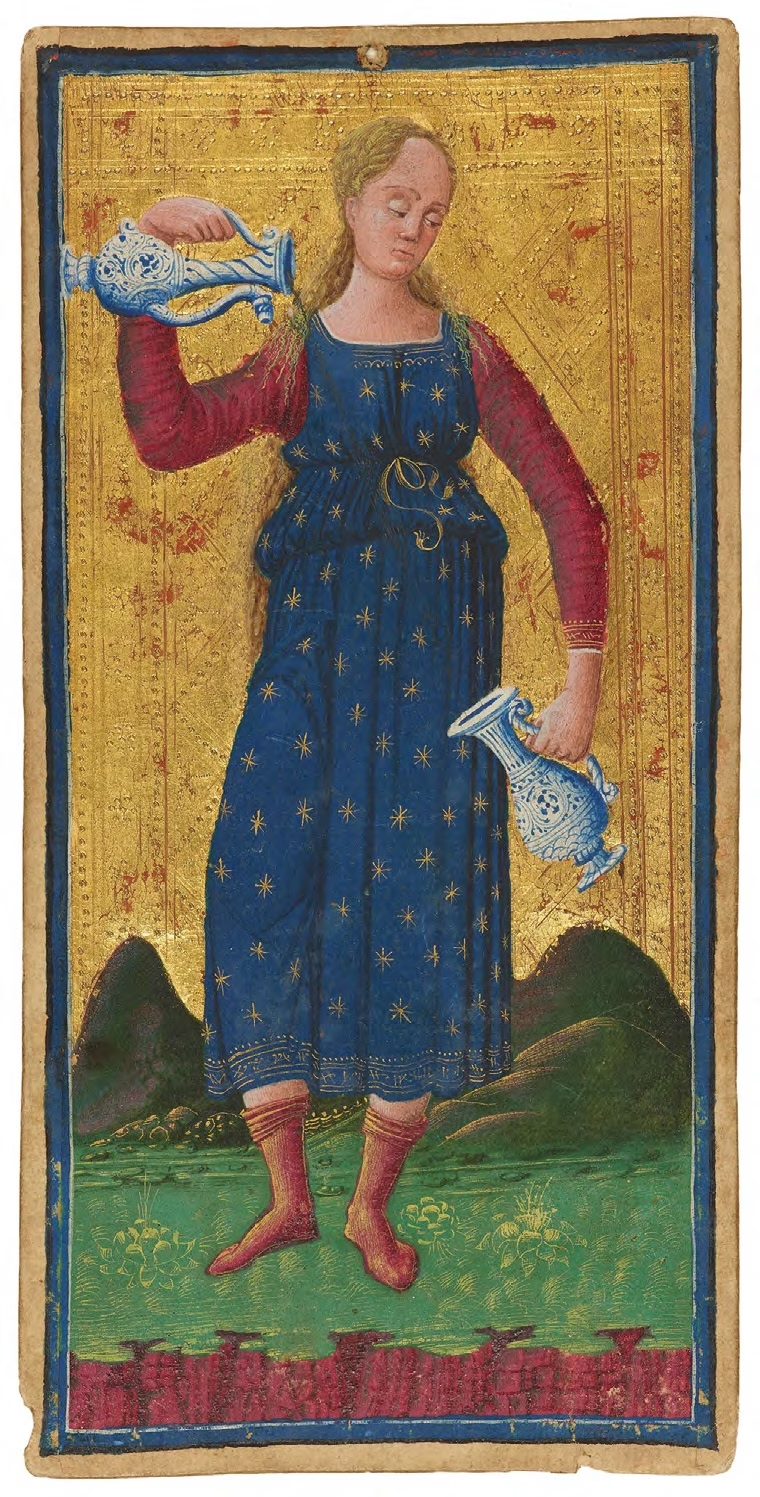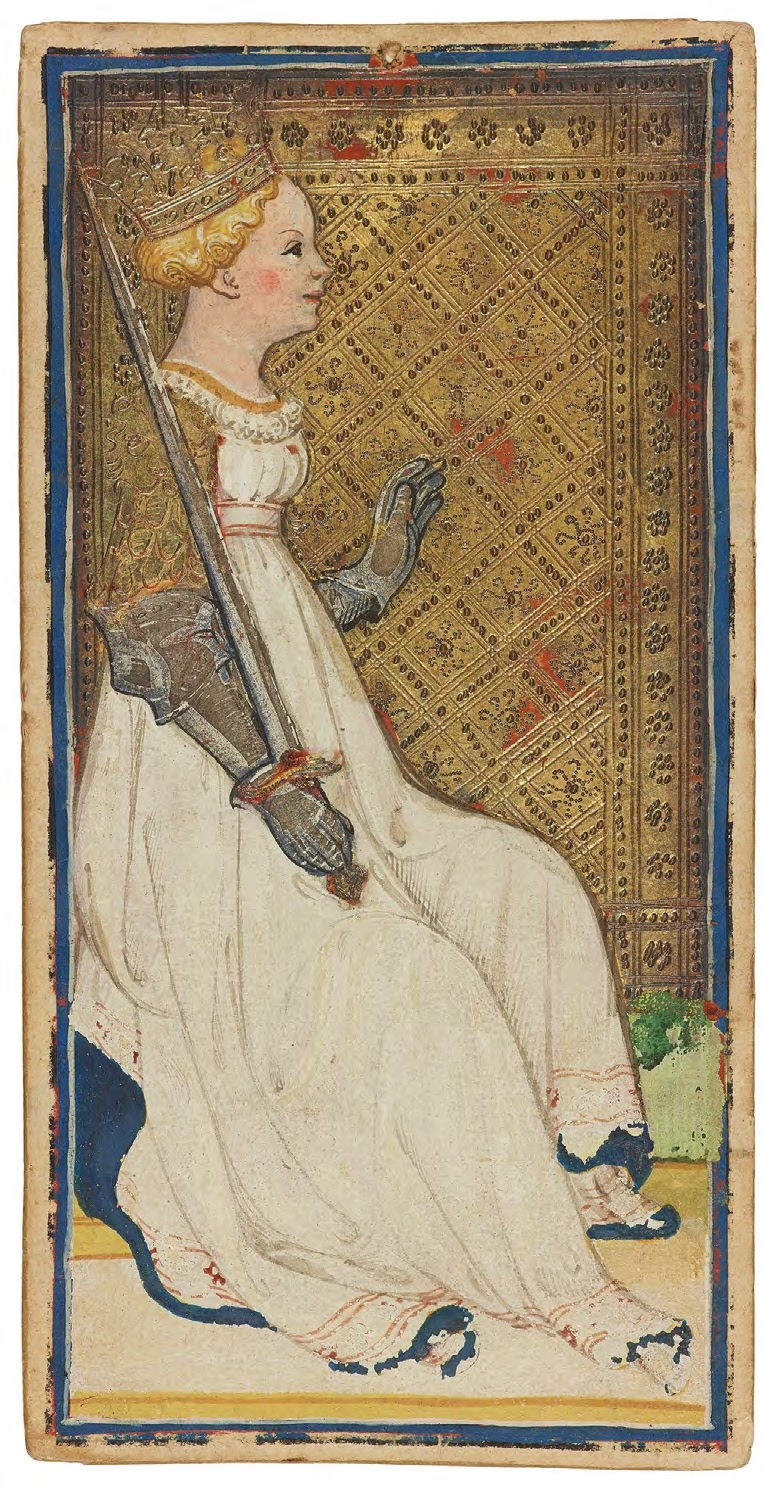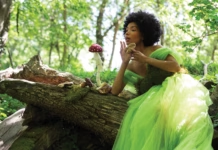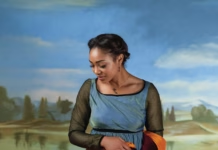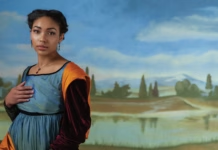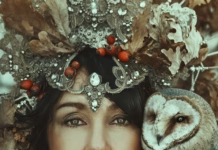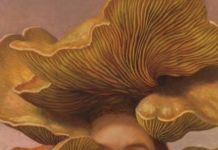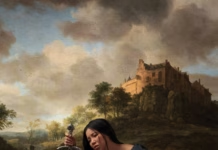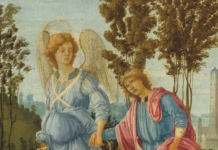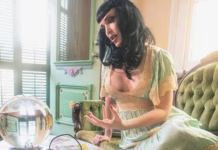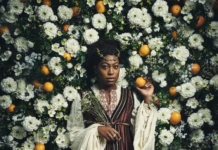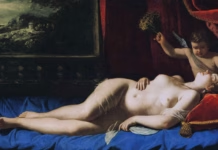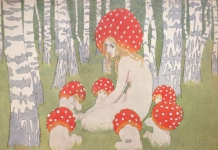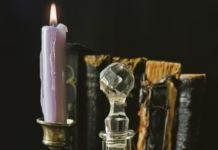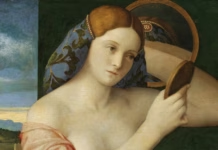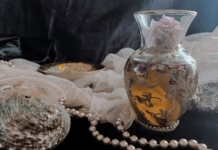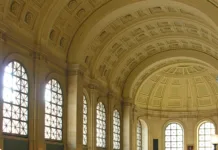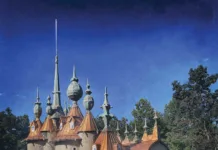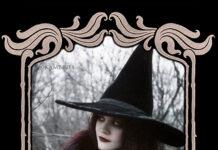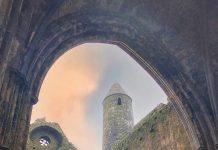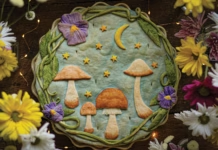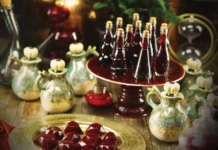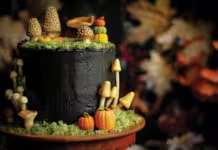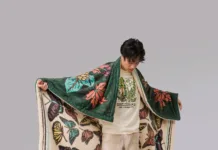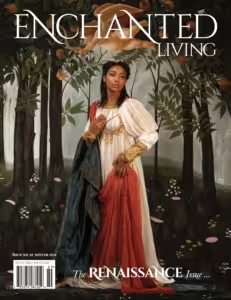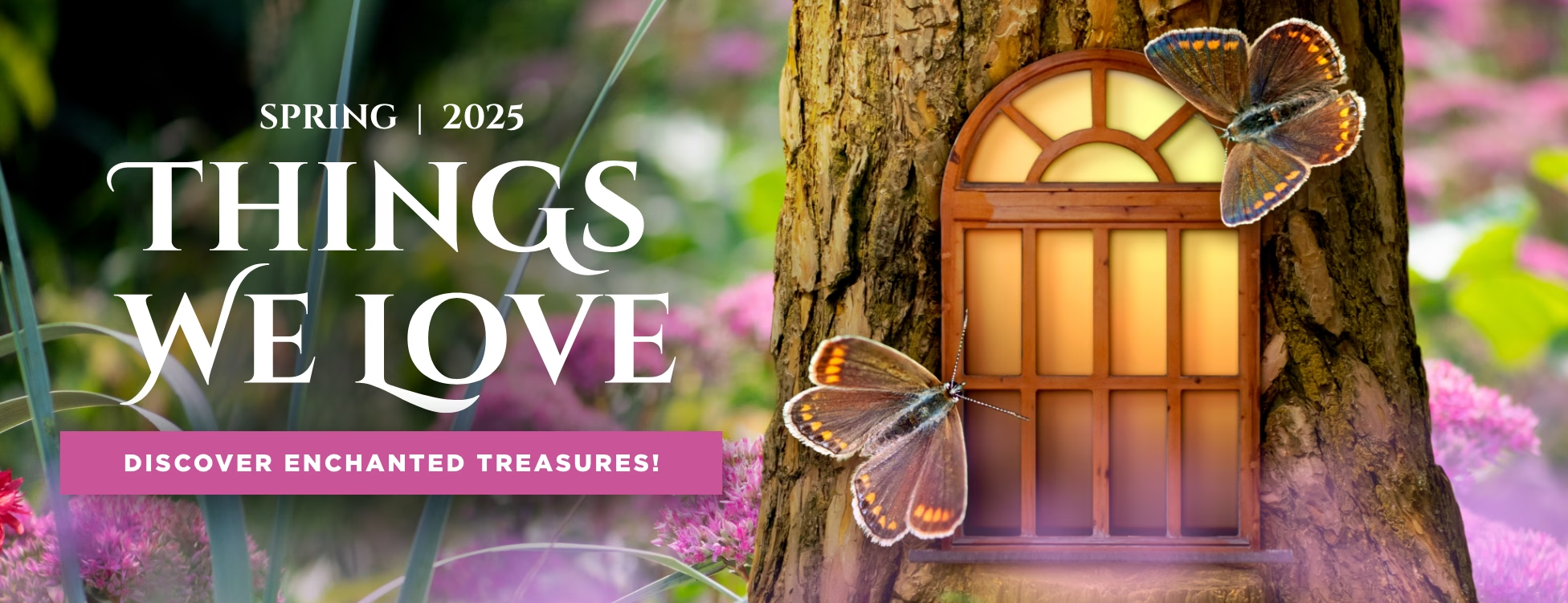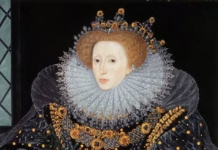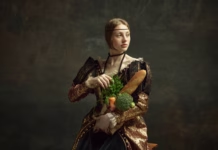Warm sunlight is pouring into my tiny office and a steaming cup of coffee sits on my desk. I’ve just finished anointing my hands with the ritual oil combination that I prefer before performing a tarot reading, and I’m waiting for my client to call. At this point in my career, most of my clients are people I’ve worked with year after year; I often know their stories and can guess their situations long before they start to speak. But today I have a new client, referred to me by one of her family members. As we connect and say hello and I ask her what’s going on and why she sought out a reading, I hear a familiar tale. She feels like she’s at a crossroads. She’s not sure what her next move will be. It all feels hopeless. I smile and ask her if she knows that one of the greatest literary works of all time begins in exactly that way:
Midway upon the journey of our life
I found myself within a forest dark,
For the straightforward pathway had been lost.
These are the beginning lines of the Inferno, Book One of Dante Alighieri’s Divine Comedy, completed around 1321.
She’s in excellent company, I say, and it strikes me that so many of us the world over have felt the way Dante did as he began his journey. The world feels especially fraught and fragile in this moment now, with conflicts and wars emerging in various places, institutional trust at all-time low, and polarization at an all-time high. It is a moment quite similar to the one in which the tarot first emerged in Florence over five hundred years ago, in the early 1400s—the early days of the Renaissance.
Maybe there is something here for us. When scholars speak of the Renaissance, they often focus on the changes in art, philosophy, science, and civic culture that define this historical period. They tend to forget that while Renaissance philosophers were returning to the dialogues of Plato and the works of Aristotle, and while Renaissance politicians were taking their cues from ancient Greece and Rome, the humble yet popular card game tarrochi, which was played in well-appointed noble households as well as in local bars, was also reaching its fingers back into the great oracular traditions of the ancient world.
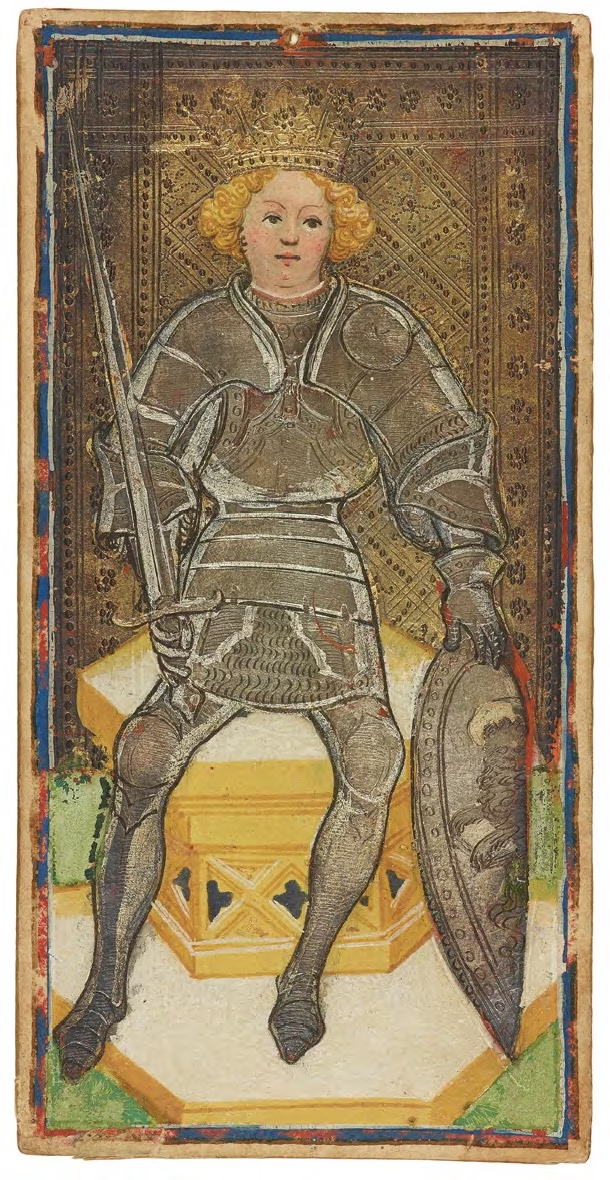
When we learn about the Renaissance period in school, most of us are taught that it was a time when art, music, and culture flourished compared with the medieval period that preceded it. But that’s only a narrow slice of the story. Remember that the Renaissance began in the shadow of the Black Plague, which had ended only fifty years earlier. Wars between nations, political factions, and even cities were the norm, not the exception. A general sense of geopolitical instability and the looming fear of another lethal onset of disease were major ingredients that cooked up the period we today recognize as one of Europe’s richest and most forward- thinking. Not so different from this moment.
And the tarot tells this story. It tells the story of innocence entering the world, then facing unavoidable adversity and taking in the education that such adversity demands. It tells us the story of what it takes to triumph. In a very real way, the story of the Renaissance, like the story of our moment in time, is the story of the tarot.
We don’t know precisely when tarot cards made their initial appearance, but we know that it was during the early Renaissance, that it happened in Florence, and that their popularity spread quickly. We know that tarot cards came to Europe via Asia, as the concept of any paper card did, and we know that tarot cards were used in games of chance before or alongside their use as a divination tool. It is not surprising that a small, highly portable pack of cards that could be used for gambling or forecasting would become popular, spreading to the point where now I have them laid out on the baize before me. It’s not surprising that the needed medicine they carried five centuries ago has deep application for right here and right now.
I turn my attention back to my client, humbled anew that this practice is over half a millennium old, knowing that I’m privileged to participate in it today. I begin to shuffle and cut the cards, turn them over, and reveal their images, stories, and calls to action. As we progress with the reading, I can tell that my client is feeling a little less lost in the forest dark, that some rays of hope and possibility are shining through. She knows, she sees, that she can do this. She can prevail.
Dante’s opening lines were not just speaking of his own internal state. He was doing what any good man would do at the time: reflecting on how his own sense of loss, numbness, and confusion was showing up in the world around him. He was seeking out a deeper and righter relationship between himself and his world. This is perhaps why some refer to Dante as a Christian shaman—he was going on a soul journey and just happened to take much of the world with him in his quest.
The tarot does something quite similar: It calls on the spirit of the Renaissance to help meet adversity, loudly proclaiming that there are depths to the human mind and heart that have scarcely been noted; that we are all, each of us, capable of so much more than we’re doing; that despite plagues and wars and fractious politics, we are still here. These seventy-eight cards are a constant reminder that out of the times, places, and people that feel most broken, true blessings and deep beauty emerge.
It was true for the Renaissance, and it is true for us today as well.
